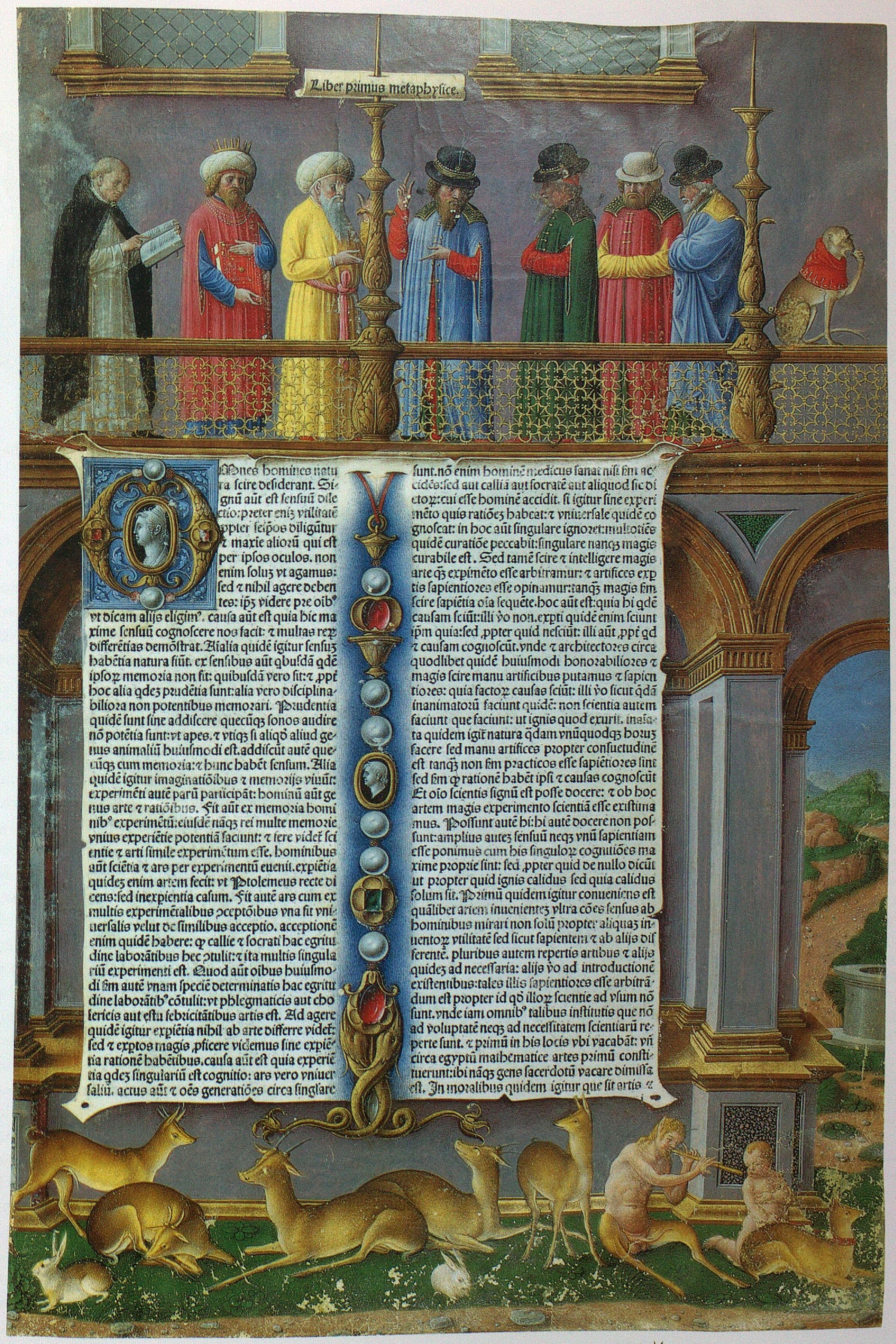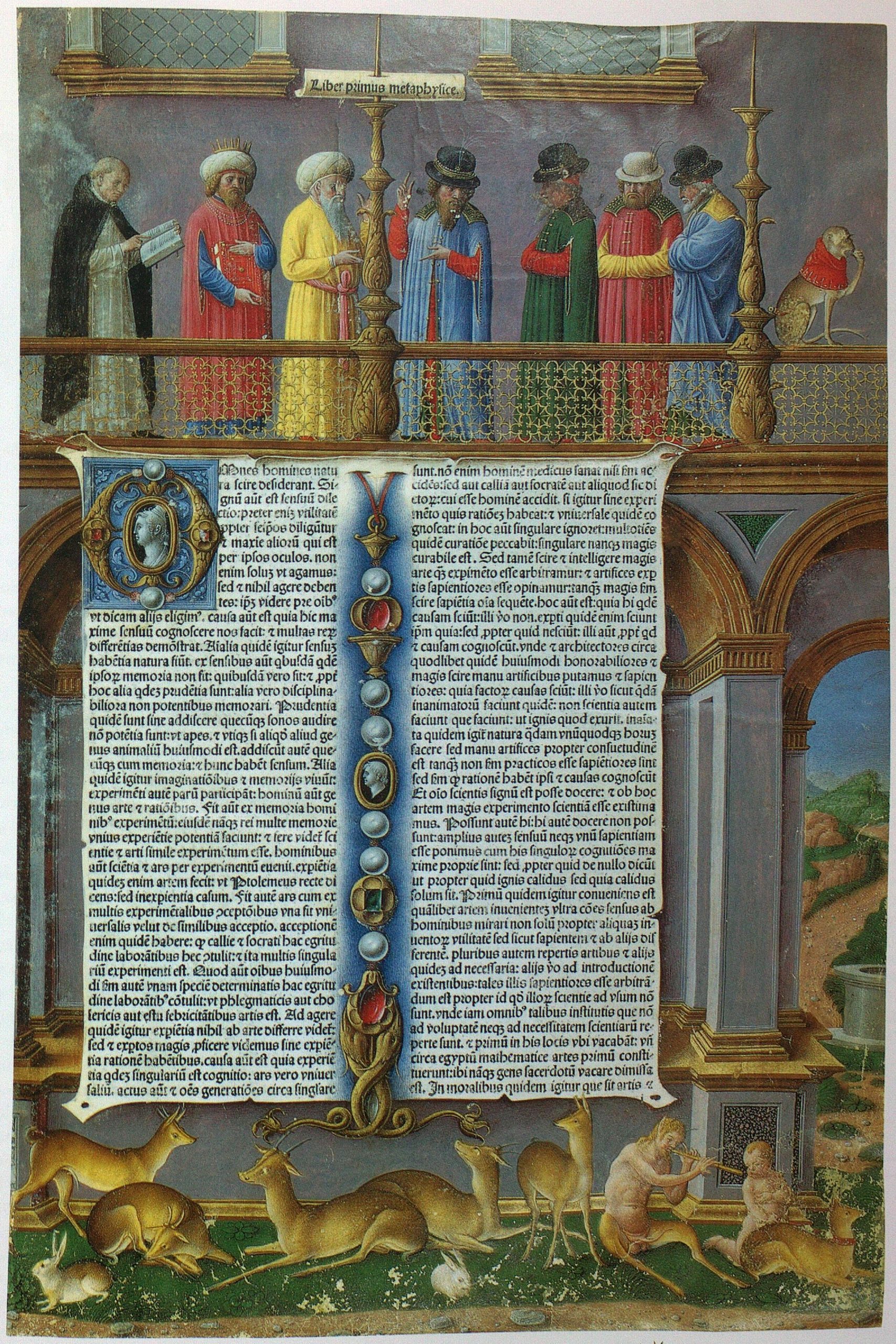
Optics represents a crucial area of physics that concentrates on examining light and its interactions with different materials. In historical contexts, optics primarily concentrated on the properties of visible light, investigating its propagation, reflection, and refraction. These essential characteristics of light established the basis for geometric optics, a discipline nurtured by ancient Greek intellectuals such as Euclid, Hero of Alexandria, and Ptolemaeus. These pioneering thinkers formulated their theories based on the notion of visual rays emanating from the eyes, a concept later reinterpreted by the Persian scholar Ibn al-Haytham, who validated the idea of light rays entering the eyes.
Euclid’s “Optics” stands as one of the earliest texts in geometric optics, presenting seven postulates that addressed the divergence and interaction of visual rays. These concepts retained their importance when Ibn al-Haytham applied them to light rays. Euclid is also credited with “Catoptrics,” which examined the reflection of light on various shapes of mirrors—such as plane, convex, and concave.
Ptolemaeus produced the most thorough ancient treatise on optics, notably experimenting with reflection and refraction. Although originally lost, his works endure through translations and underscored the lack of a direct mathematical relationship between incidence and refraction angles, a notion that predecessors like Euclid alluded to via thought experiments such as the “floating coin.”
The sine law of refraction—a critical equation in optics—evaded scholars for centuries. It delineates the connection between the incidence angle and the refraction angle as light moves between different mediums. Despite being implied in ancient thoughts, its exact mathematical representation was not acknowledged until a considerably later time.
A significant advancement occurred during the late medieval period and early modern era, driven by several notable contributors. Ibn Sahl indirectly discovered the law through his research on lenses, though his findings remained unrecognized until recent times. The 17th century witnessed the concurrent discovery of the sine law by several scientists, including Thomas Harriot, Willebrord Snellius, René Descartes, Pierre de Fermat, and James Gregory. Descartes became the first individual to publish the law, employing analogies to clarify his ideas.
This potent yet straightforward principle revolutionized optics, impacting future inquiries by luminaries such as Isaac Newton, whose investigations into light spectra in “Opticks” laid the groundwork for contemporary physics. Through its intricate history of progression, the sine law of refraction exemplifies the collaborative and cumulative essence of scientific growth in comprehending light behavior.
